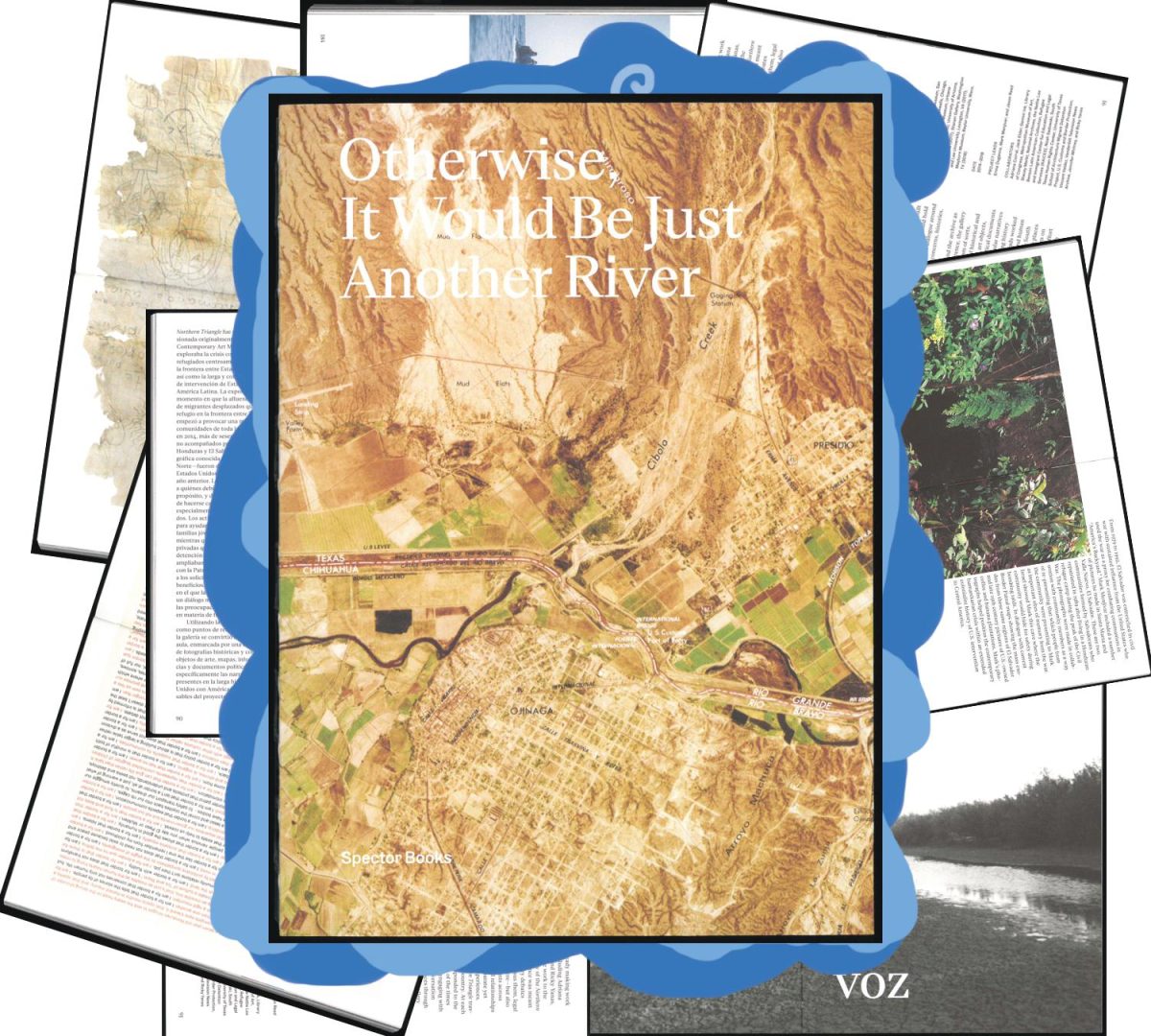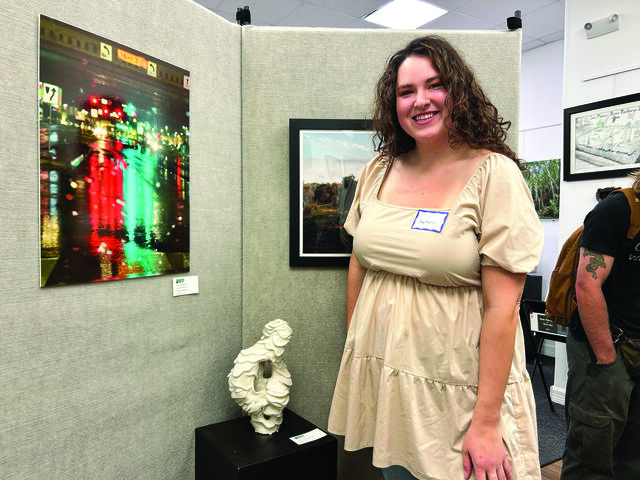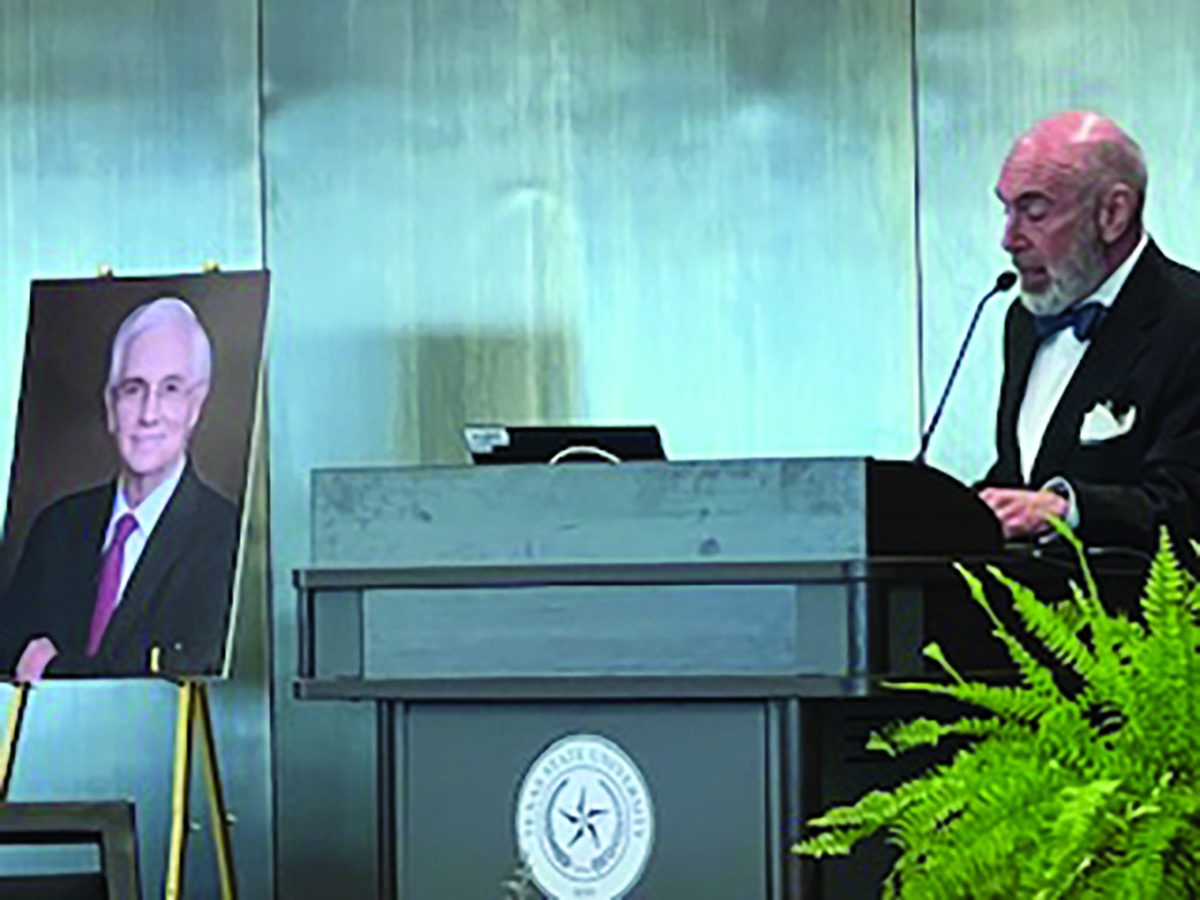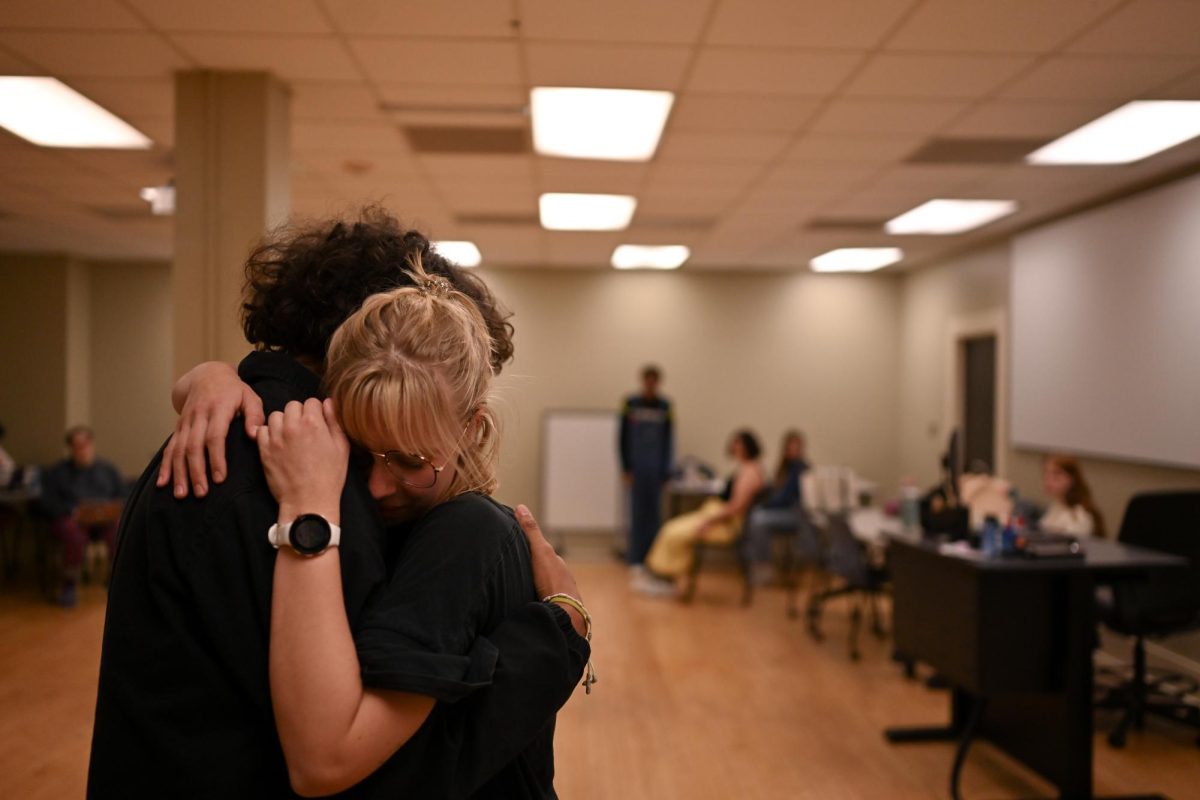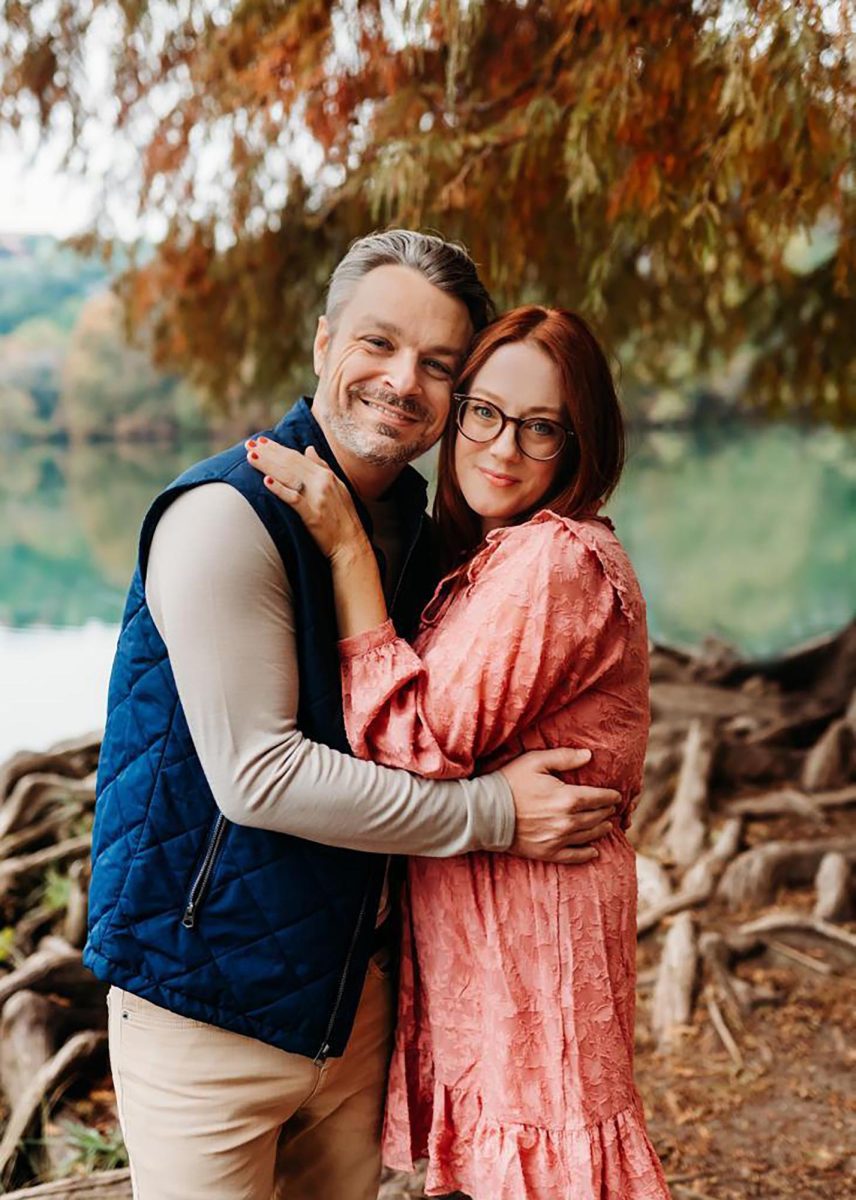In 2007 during a road trip across West Texas, Jason Reed, an associate professor of photography and the Jones Professor of Southwestern Studies, and his friend Ryan Sprott, an educator who was at the time based in Big Lake, Texas, wanted a way to explore and better understand the land they grew up in through their respective fields.
Through these ideas, they founded the Borderland Collective, a project combining art and education to explore the border and the people who live there.
In the following years, Borderland Collective has made 11 unique projects. To archive and display the group’s different projects, several collaborators worked together to create the book “Otherwise, It Would Be Just Another River: Ten Years of Borderland Collective’s Practice in Collaboration and Dialogue.”
Borderland Collective’s first project took place in Big Lake. The project gave 12 of Sprott’s students at Reagan County High School cameras and tasked them to explore the culture of their town through a camera lens. Due to the success of the Big Lake project, the Borderland Collective continued the method of teaching students the epics of different projects, giving them a camera and letting them make art about the subject.
“In youth projects, you hear this idea that the institution is empowering youth. And we’ve always tried to think of it in the reverse,” Reed said. “The youth are empowering the public to see what their worlds look like, and so if you give cameras to young people, especially the groups that we’re working with… they’re going to have access to things that nobody else sees.”
The conversation to create a book documenting the work of the collective first started in 2018. The collective chose to switch the angle of the book after running into many walls with publishers. The original idea to be educational switched to archiving and displaying art made. In 2020, they started talking to Spectre Publishing in Leipzig, Germany, who then helped turn the book into reality.
After finding a publisher, Reed enlisted Texas State art and design professor Molly Sherman to be the designer and co-editor of the book. After about a year of them compiling the stories of the collective, “Otherwise, It Would Be Just Another River: Ten Years of Borderland Collective’s Practice in Collaboration and Dialogue” was published in October 2022.
Due to the book being printed in Belgium, it was not available to American audiences until May 2023.
During the design process, Sherman was inspired by the idea of combining two seemingly opposing characteristics. The font she used was simultaneously flowy and rigid to represent the melding of cultures around the border. The page layout is also inspired by the land itself, the images cutting into blocks of text similar to how rivers bend and flow.
“All of these signatures of the book form the words Borderland Collective,” Sherman said. “In forming this really dynamic space that brings together a multitude of voices.”
Another thing that makes the book stand out is that it is bilingual, having Spanish on the pages on the left and English on the right, with the spine separating them down the middle. This was done to honor the culture of south Texas and to ensure that every participant and their families could read the book.
“Otherwise, It Would Be Just Another River” also shows Borderland Collective’s past exhibitions to a new audience. Reed and Sherman transferred the messages of these galleries to something that can be understood in a new medium.
In 2014, due to poor socioeconomic and political conditions, a massive surge of migrants from a region of Central America known as the Northern Triangle came to the U.S. through the Mexico border. As a result, the Blue Star Contemporary Art Museum commissioned Borderland Collective to create their first exhibition, Northern Triangle. During this project the collective turned the exhibition into a classroom to be able to mediate discussion about migration.
Mark Menjivar, a Texas State art and design professor and long-term collaborator of the group, was one of the project leads for Northern Triangle. Menjivar lived in El Salvador during its 12-year civil war and was already making work inspired by it before working with the collective, making a perfect fit for the collective.
“It was a really meaningful time for me then my own family history was colliding with, with my art practice in a way that it hadn’t before,” Menjivar said.
Even though all of the different projects featured in the book are different, they all share one major thing in common: the ability for participation and collaboration. Even if the project is made for an exhibition, Menjivar sees the conversations they create as a part of the art.
“It’s not about making work about people; it’s about making work with people,” Menjivar said. “I see that the participatory and collaborative aspects of our work are part of the art.”
“Otherwise, It Would Be Just Another River: Ten Years of Borderland Collective’s Practice in Collaboration and Dialogue” is distributed in the U.S. through D.A.P and can be purchased from several online retailers including Amazon.
To learn more about Borderland Collective, visit https://borderlandcollective.org/.
Categories:
TXST professors combine education and art with new book
Benjamin Middleton, Life and Arts Reporter
July 10, 2023
0
Donate to The University Star
Your donation will support the student journalists of Texas State University. Your contribution will allow us to purchase equipment and cover our annual website hosting costs.
More to Discover



